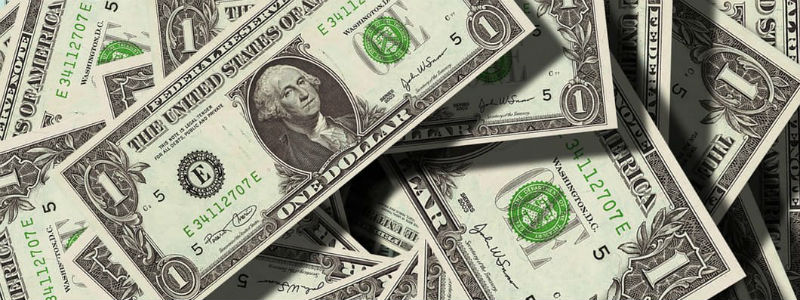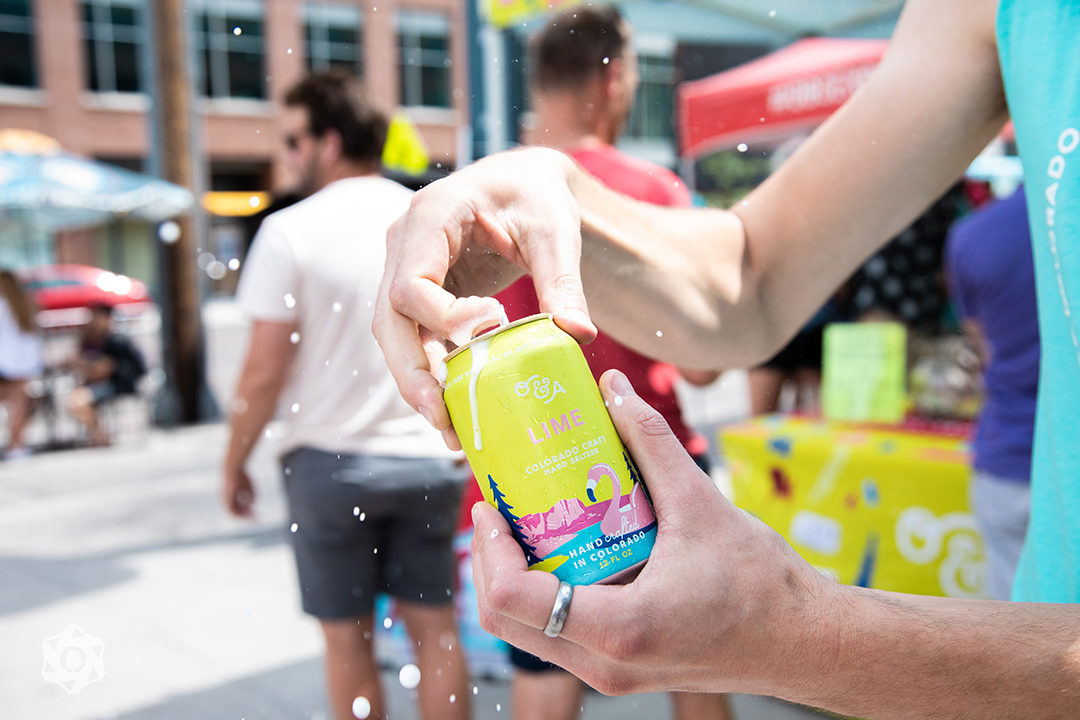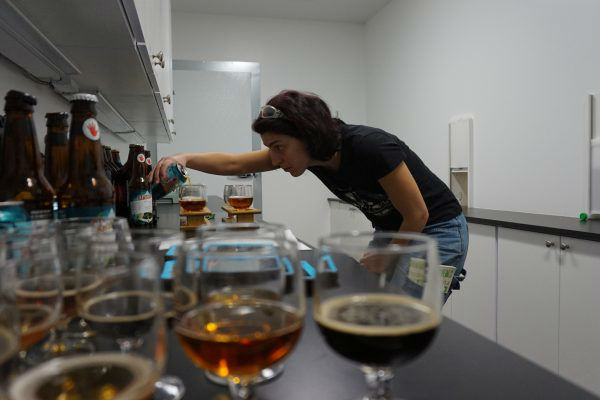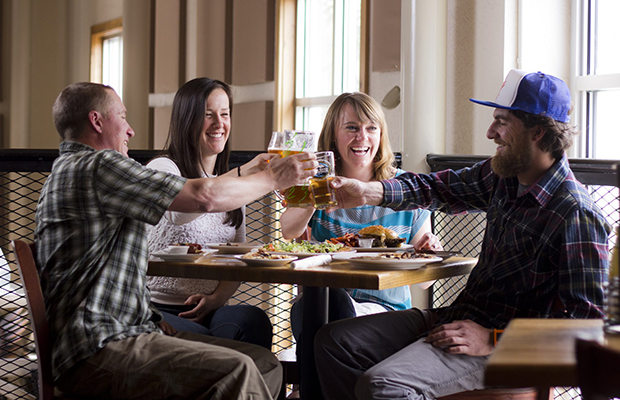
A misconception often exists that the words “Research & Development” can only pertain to such industries as pharmaceuticals or for tech companies working toward scientific goals. But guess what? Beer making is a science project in every batch where there is a certain amount of risk involved. So arguably, R&D is what brewers do each day.
Yet not many breweries take advantage of an R&D credit in the tax code that could help reduce their or their investors’ federal and state tax liabilities , and this year possibly reduce their payroll taxes. Many breweries seemed to not know of this said Kevin Begley, a CPA for MCM CPAs & Advisors in Cincinnati.
“There has been a perception that R&D and experimentation is focused on pharm or hi-tech so they don’t really give it a second thought,” he explained. “Coupled with the fact that depending on who their CPA and lawyers are, they may not have focused on it either. We have run into that on a large number of situations for small and mid-sized companies.”
Begley had many brewers and owners scrambling to text their CFOs or CPAs during a presentation recently in Cincinnati at the Ohio Craft Brewers Association yearly conference.
The R&D tax credit has been ongoing since 1981 and made permanent in 2015. Begley explained that a small commercial craft brewery may pass the test when it comes to the requirements for a R&D credit. Those standards include looking to improve a product or a process; using physical, biological or computer science; having an element of experimentation and the process is designed to eliminate uncertainly and risk.
 “You can be 99 percent sure your beer will be good, but there is still risk involved,” he told the brewers on hand in February. “If you can prove to the IRS that you have records (such as brewing logs) in terms that set measurements, temperature, you may justify that they qualify.”
“You can be 99 percent sure your beer will be good, but there is still risk involved,” he told the brewers on hand in February. “If you can prove to the IRS that you have records (such as brewing logs) in terms that set measurements, temperature, you may justify that they qualify.”
Examples he gave that help in the qualification process include brewers using different hop techniques or varieties in each batch; using different yeast strains or fermentation processes; and developing new products or improving on products already made.
“These days everybody is experimenting with different ways to brew different types of beer to distinguish themselves,” he told Brewer Magazine. “There are so many types and to come up with them you have to play around. There is uncertainly to what you want and that’s the key. You are trying to change a process, you are experimenting with it.”
In late December of 1994, the IRS issued a Revenue Ruling that put any concern to bed that in the case of food products, they may qualify because of a need to test texture, smell and flavor in a sensory context.
Begley pointed out that state laws may also help with R&D credits to offset commercial expenses.
Each brewery should consult with its personal accountant to know its laws and how it could be affected.
There is also a wrinkle that’s new for the first quarter of 2017 that if the company has generated gross receipts for less than six years and has current year gross receipts of less than $5 million, the brewery can offset the credit against payroll taxes.
So a relatively new brewery doesn’t have to be profitable to qualify.
“That may be of more use for craft brewers since they are starting out and conserving cash is critical,” Begley said.




Be the first to comment